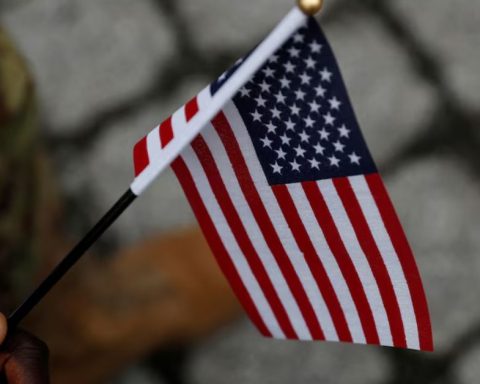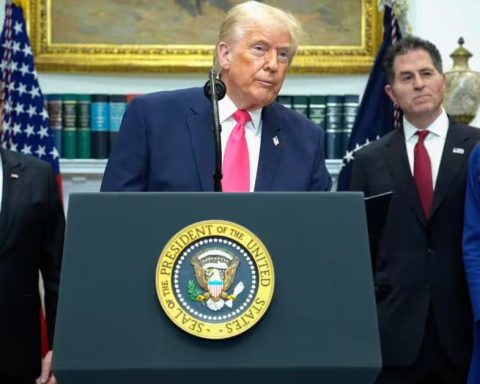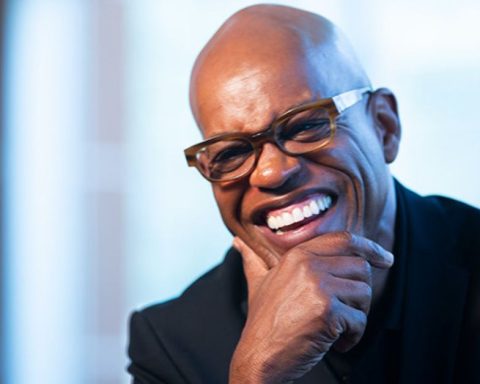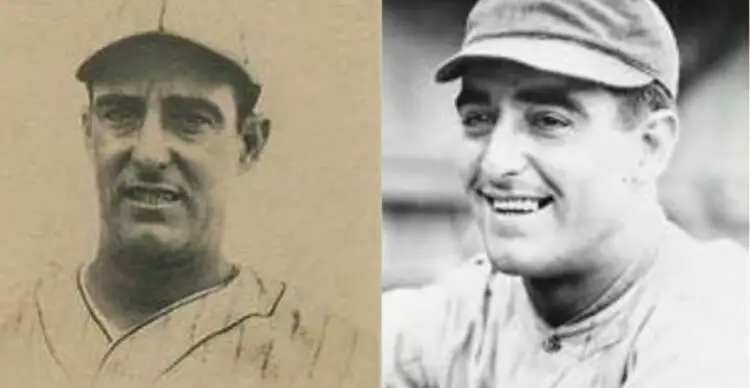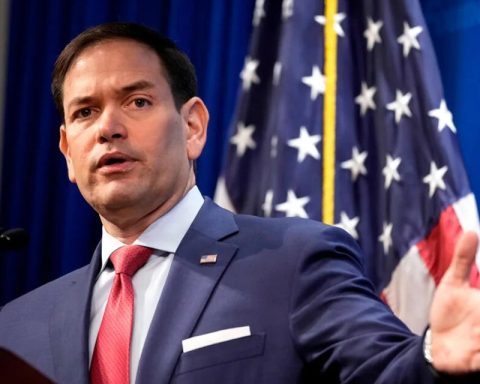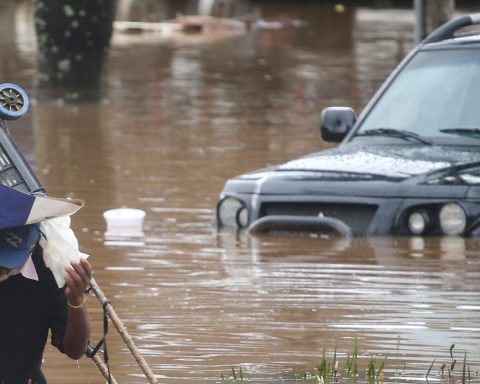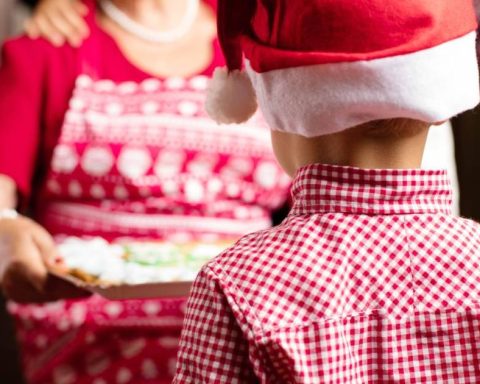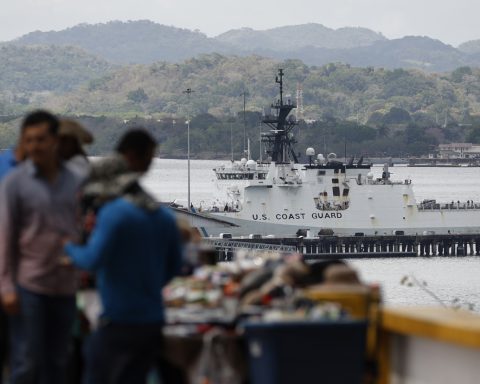June 11, 2023, 4:05 AM
June 11, 2023, 4:05 AM
A row of refrigerators, washing machines, kitchens, and air conditioners block the way in some sections of Isabel La Católica street (La Ramada), in the capital of Santa Cruz. In other businesses the walls are full of Smart TVs of different inches. “No sale” is the most frequently heard complaint among sellers.
In the used car fair de La Cuchilla, between the fourth and fifth rings, the vendors, between yawning and yawning, assure that “you pay in bolivianos or in dollars”, people are not spending as before. Again, “no sale” is heard.
Forced by falling sales, traders opted to lower the parallel dollar exchange rate. Weeks ago, the unofficial price fluctuated between Bs 7.60 and Bs 7.80. Now, given the lower consumption of household appliances and used vehicles, the value of foreign currency is between Bs 6.96 and Bs 7.10. Very few try to charge Bs 7.40.
“I still have merchandise from the beginning of the year. Because of the rumors that a devaluation was coming, I began to quote the dollar, initially at Bs 7 until reaching Bs 7.60 and Bs 7.80. The wholesalers did the same,” said Jaime Oblitas, a white line salesman at La Ramada.
The merchant explained that this situation can no longer be maintained. One, because people are no longer “so desperate for dollars” and second because “it is no longer a business to have a high dollar when people cannot buy even with a lower price.”
Oblitas specified that to avoid problems is no longer accepting dollars, but Bolivians. “Some bring dollars and I quote them at Bs 7.10. I don’t want to be paid in dollars. There is a lot of control,” said the seller.
“People ask and ask, but they are not buying”, lamented Luisa, a young saleswoman, who, clad in her red jacket, distributes brochures.
“At the end of February, March, April and May everyone went crazy for the dollar. Its price jumped up. Something that affected wholesale sales that are quoted in dollars. But since there were no dollars, those who bring merchandise into the interior began to pay in Bolivians, so the price had to be raised to Bs 7.80, but now it is no longer worth it,” said the seller.
According to the Bolivian Institute of Foreign Trade (IBCE), with data from the National Institute of Statistics (INE), between 2013 and 2020, imports of white goods accumulated more than $us 1,000 million. Household appliance purchases exceeded $100 million annually, and almost 30,000 tons on average.
in 2020 Bolivia imported white goods from 53 countries and China became the main supplier with a 44% share in terms of value, which is equivalent to US$47 million.
Germán Molina, economic analyst, He maintained that this market behavior is a reflection of expectations. Molina specified that when a good is scarce and suddenly has, for some reason, a high demand, its price becomes more expensive. Something like that happened with the dollar.
“The expectation was high. The same as misinformation or rumors. That is why the merchants began to ‘shield’ themselves, consolidating a parallel dollar market that no longer took into account the official price of the Central Bank of Bolivia (BCB)”.
For Molina, the actions of the BCB together with the supply and demand and the drop in people’s expectations have allowed the stability of the price of the US currency in the parallel market, which was taken into account by merchants to make their transactions.
However, he warned that as long as there is no adequate management of the information on the state of international reserves or there is a late reaction to rumors of devaluation, people’s expectations can cause imbalances in the exchange rate.
“Everything that is imported is paid for in dollars. There were times when the green ticket could not be obtained and its price rose to 7.80. Now down to 7.10. They tell us it’s because sales are lower than last year. In this retail store we lowered prices due to the new price of the dollar, but sales did not rise even like that. There is no money,” said the owner of the commercial JDE, from La Ramada.
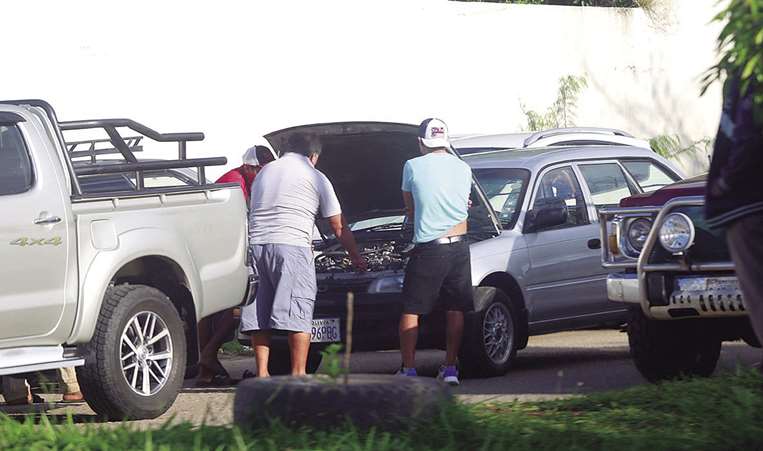
neatly arranged used vehicles (cars, trucks, vans and motorcycles) that are offered at the fair between the fourth and fifth ring, in La Cuchilla, hope that some buyer will be encouraged and buy one of them.
“It is a 2022 model. It only had one owner and the payment of taxes is up to date. It costs $15,000. Sure, you can pay in bolivianos at an exchange rate of 7.10. Nothing less”, offered a seller, who recalled that a month ago the exchange rate did not drop below Bs 7.80, but since there are no sales, the value of the dollar should decrease.
Another merchant pointed out that they receive bolivianos or dollars as long as people are encouraged to buy and not just ask.
“I can leave the exchange rate up to Bs 6.96. Take advantage, before it was at Bs 7.60. The thing is to sell and not have the cars in the sun and rain for a long time ”, he tried to convince another seller.
Economist Darío Monasterio indicated that all imports are paid for in dollars and that in previous months the expectations and brief information from the Central Bank of Bolivia (BCB) about the real amount of dollars in the country caused an imbalance between supply and demand. generating a parallel exchange rate (much higher) than the official one.
“This panorama of a drop in the price must be understood from two aspects: supply and demand. It seems that slowly the supply of dollars in the domestic market tends to balance and, on the other hand, the need to increase the demand for household appliances and used cars makes sellers lower the value of the exchange rate,” Monasterio pointed out.
From the BCB they explained that the drop in demand for dollars It has to do with the four measures that they carried out. The first was the modification of the Legal Reserve Regulation in dollars. The second had to do with the sale of dollars to exchange houses through Banco Unión. The third step was the disbursement of new resources to the banks and the fourth measure, also through Banco Unión, was that from March 6, 2023, the direct sale of US currency to individuals began.
